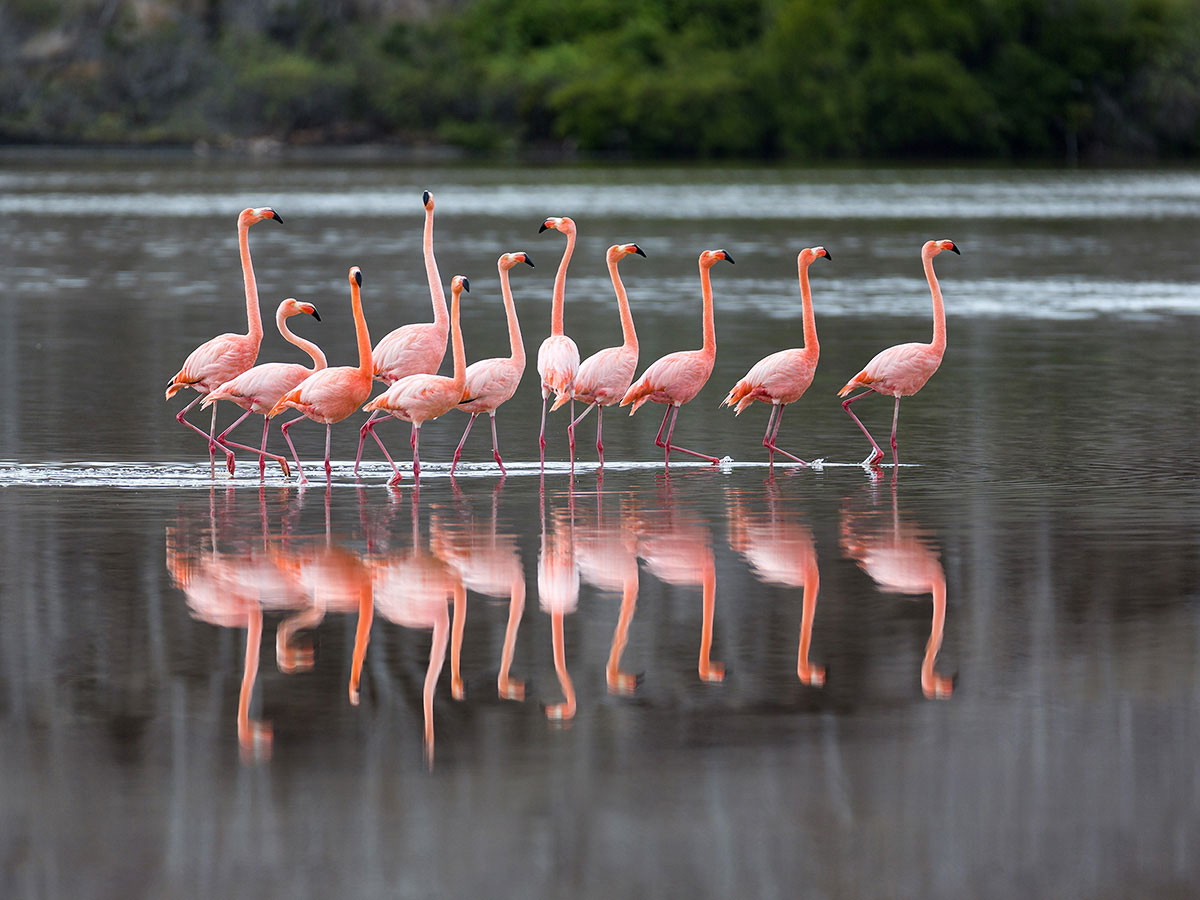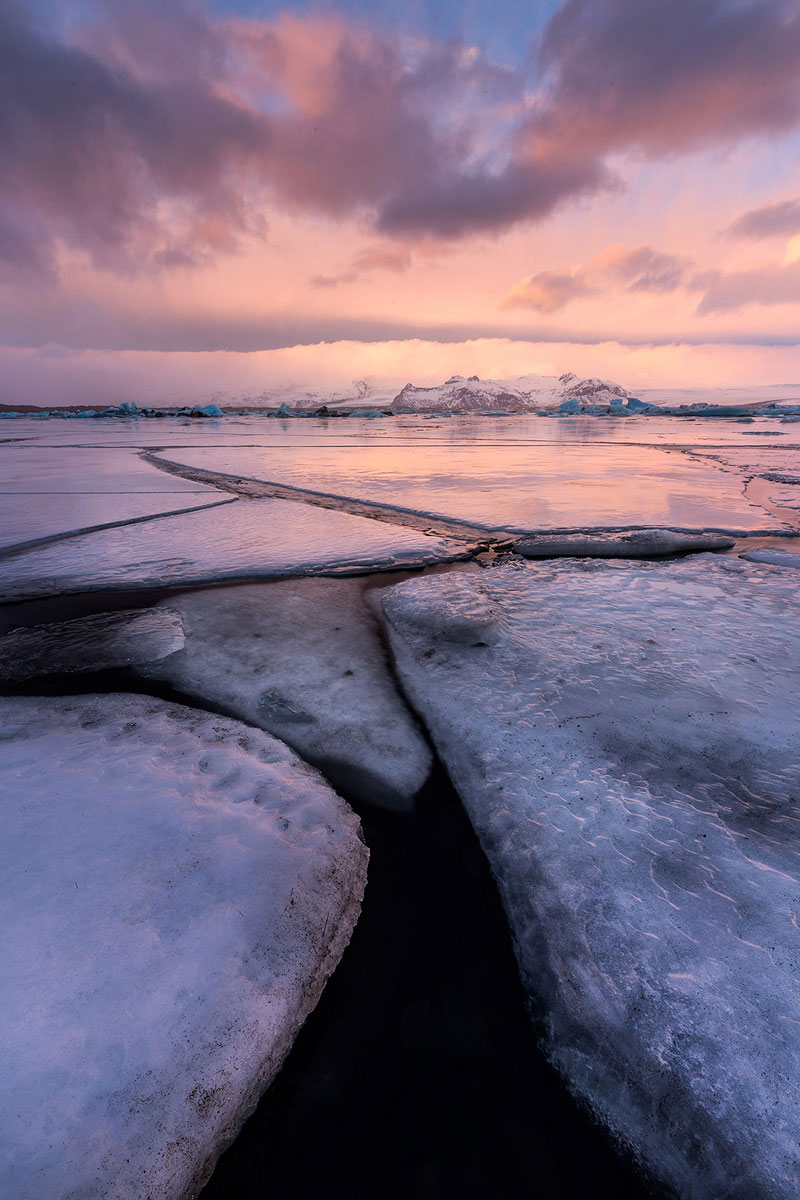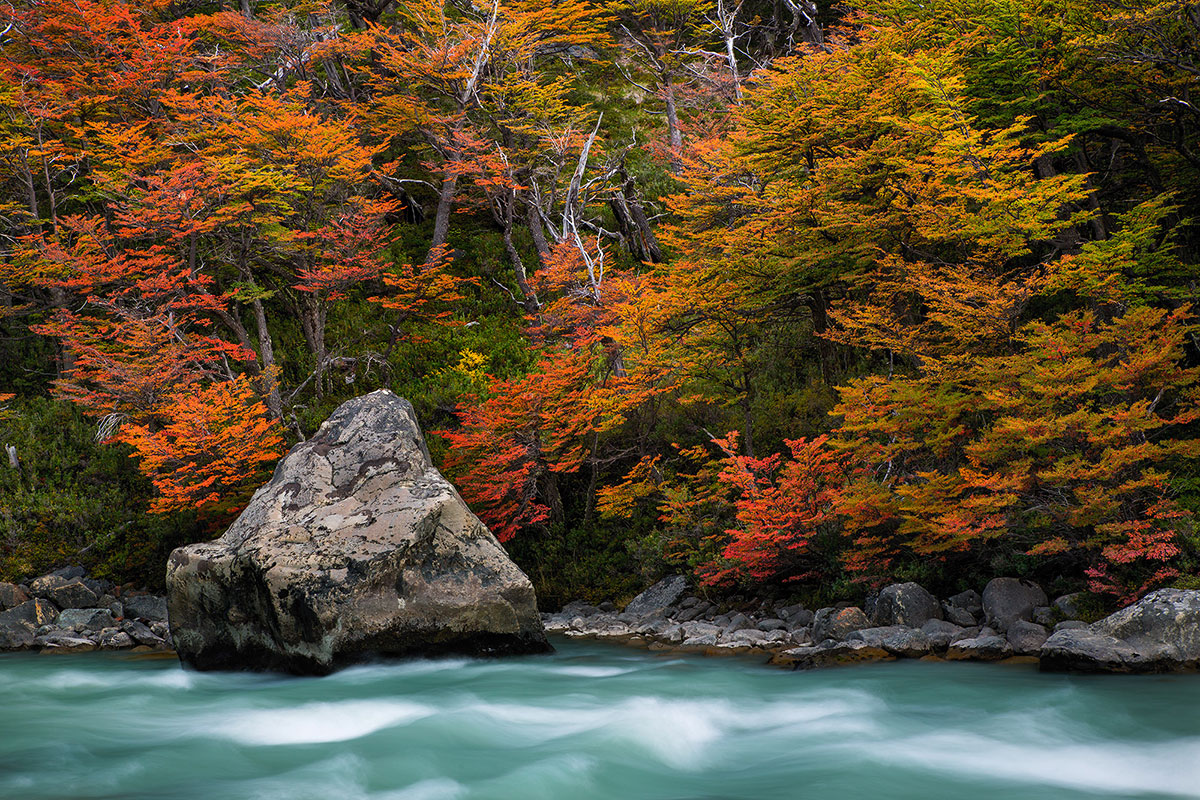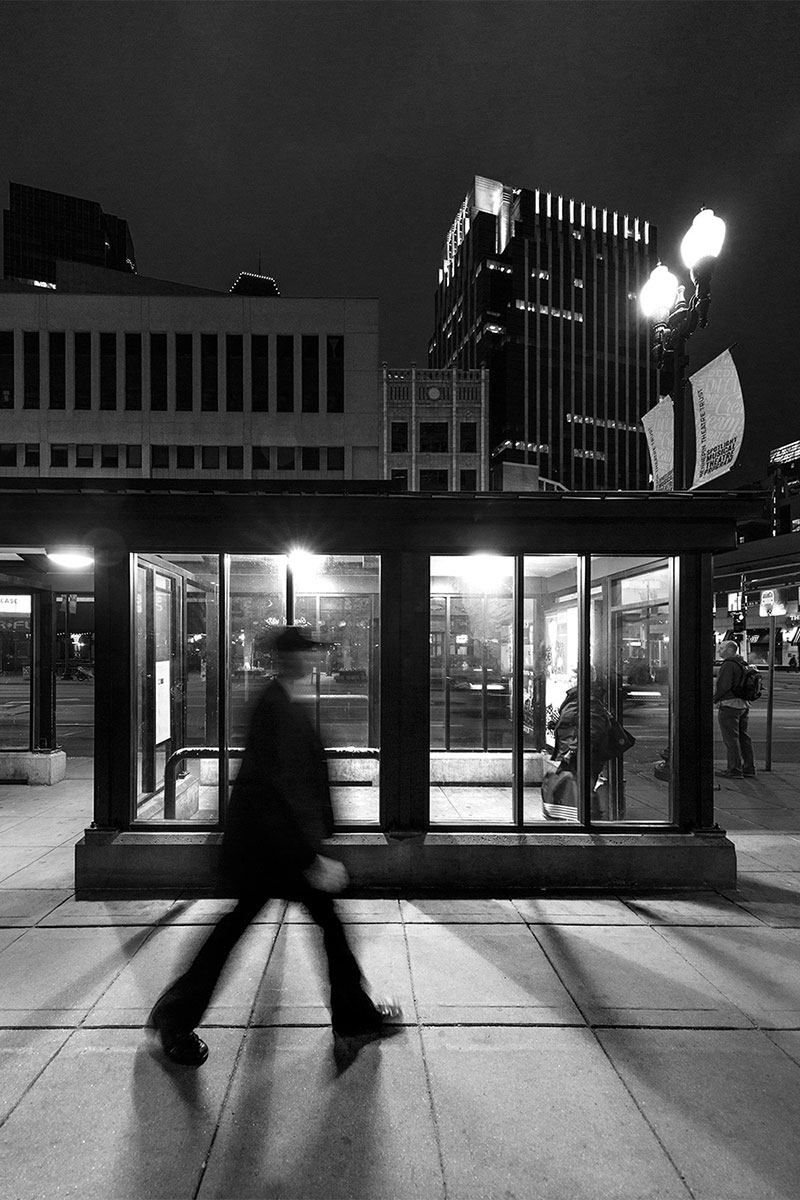Tips & Tricks

Necessary Filters, Even In The Digital Age
Photograpy Techniques How To
My photography began with shooting slide film. Hence, a large area of my backpack housed many filters. The slide was the end result. If the in-camera capture wasn’t perfect, the image got tossed. I had to color correct, evaluate the exposure, adjust contrast and finalize the crop before I pressed the shutter. Since going digital, much of this has changed, but there are four filters I consider indispensable: the polarizer, neutral density, graduated neutral density and UV.
Photoshop and other software programs enable a photographer to achieve the same results of glass or resin filters. A new belief has evolved that filters are no longer necessary. All the effects can be created in post processing. Here’s my take:
a) If I can achieve the same effect in the field in a matter of seconds, why spend hours in front of the computer. I already log enough time in front of it.
b) Regarding my four indispensable filters, many of the reasons why I use them is the same effect can’t be achieved with software.
 |
Polarizer: I love Nik software. One of my favorite programs is Color Efex Pro. One of the filters found within is the polarizer. It works great to enhance blues and saturate warm tones. What it can’t do is remove glare, eliminate reflections, or add neutral density like a polarizer does. If glare falls on a shiny or colorful subject, color is muted. The polarizer eliminates the glare and allows color to come through. Reflections are often cast upon shiny surfaces such as glass, metal and water. A polarizer removes the reflection and allows the lens to “see through” it and reveal the actual subject. A polarizer also adds neutral density to provide slower shutter speeds.
 |
Neutral Density: Neutral density filters come in different strengths. I own a three- and six-stop. I stack them to obtain 9 stops. They reduce the amount of light that strikes the sensor. Most digital cameras have a low threshold of ISO 100 and some expand to 50. But that may not be enough. If the sun is bright and you need a multi-second exposure, the only solution is to add neutral density. In nature photography, the cotton candy effect on water requires a slow shutter. The silky look can't be created with software.
 |
Graduated Neutral Density: I have used software to produce the effect of a graduated ND filter, but this translates to more time in front of my computer. Additionally, when I get it “right” in the field, I find it more satisfying. Here’s a scenario: someone makes a single exposure and reconciles that he/she will resort to “fix” the image in post processing. But what if the range between the two contrast areas was too severe and he/she didn’t realize this? The result is a photo with blown out highlights OR shadow detail with way too much noise. The Moral—digital capture shouldn’t encourage sloppy or lazy field work.
The UV: Photographically, this filter does nothing. But what it can do and has done for me, is saved my front element. If it saves you just once, its investment is wise. I buy high-quality filters in that I don’t want to put cheap glass in front of my expensive lenses. Even with a higher purchase price, if it takes the brunt of a falling lens or a scratch, all is good. Try protecting your front element with software!
Visit www.russburdenphotography.com for information about his nature photography tours.






















